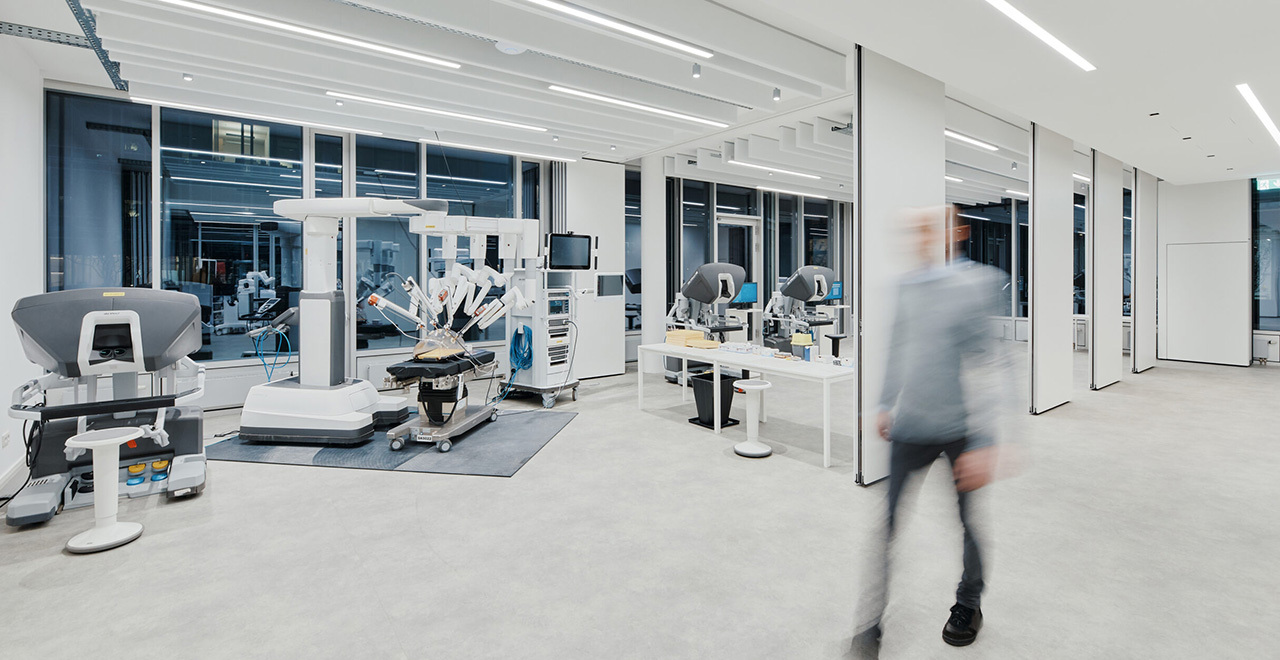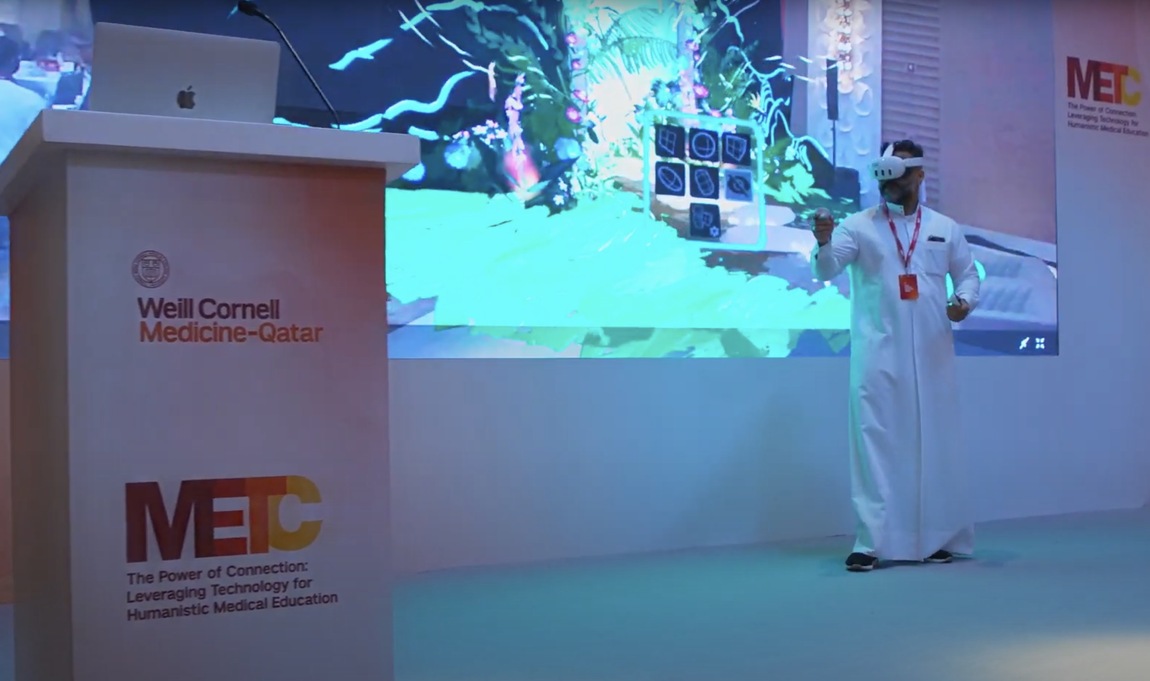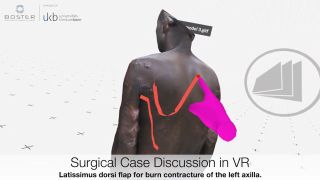Naked-eye 3D screens:
The next level of immersion
Glasses-free 3D screens have evolved from niche gaming tools into
precise visualization systems for medicine, offering real spatial depth
without headsets or glasses. With advances in resolution, real-time eye
tracking, and AI rendering, they now meet the accuracy and reliability
required for medical imaging.
Once limited by resolution and viewing angles, modern 3D displays use
micro-optical lens arrays, multi-view rendering, and adaptive AI
algorithms to deliver bright, sharp, and distortion-free images suitable
for clinical use.
Impact on medical visualization
In medicine, 3D screens enable interactive anatomical exploration,
surgical planning, and education. Real-time eye tracking maintains
correct spatial perspective, while advanced rendering provides
artifact-free images for clinical collaboration. The result is a
realistic, headset-free 3D experience that supports spatial
understanding and teamwork.
Key benefits:
-
No need for glasses or headsets – ideal for clinical environments
-
Group viewing with 3D, VR, and 2D screens in mixed setups
-
Enhanced adoption in surgical simulation, education, and
interdisciplinary collaboration
How glasses-free 3D works
3D screens create depth by showing slightly different images to each
eye. Intelligent eye tracking adjusts perspectives in real time,
simulating natural three-dimensional vision without additional hardware.
While most current displays optimize for a single viewer, the absence of
headgear enhances comfort – valuable for longer training or clinical
sessions.
Medicalholodeck Spatial OS
Medicalholodeck’s Spatial OS brings the full Medicalholodeck suite –
Medical Imaging XR,
Medicalholodeck AI,
Dissection Master XR, and
Anatomy Master XR – natively to 3D displays. Users can
manipulate anatomical structures with hand gestures, navigating complex
datasets naturally through a spatial interface optimized for depth and
precision.
This operating system transforms 3D monitors into interactive workspaces
for surgical planning, radiology, and education – improving
understanding, collaboration, and workflow efficiency.
Hybrid, location-independent 3D teamwork
With Spatial OS, teams on 3D screens and VR headsets can collaborate in
shared sessions, exploring scans and surgical plans together in real
time. This hybrid setup combines VR immersion with 3D screen
accessibility, ideal for education, training, and patient consultation.
3D screens on the market
-
Acer SpatialLabs View Pro 27 – Professional 3D visualization with
gesture control.
-
Samsung Odyssey 3D G90XF – High-performance 4K 3D gaming monitor,
165 Hz.
-
Barco Eonis 3D (2026) – Next-generation medical display for
clinical imaging.
-
Sony Spatial Reality Display (ELF-SR2) – 27″ 4K monitor with
exceptional depth and accuracy.
How to start
Contact
info@medicalholodeck.com
to receive the Spatial OS download. Install on a compatible 3D display
(Acer SpatialLabs, Sony Spatial Reality Display, or Barco Eonis 3D),
then launch any Medicalholodeck app – the system will adapt
automatically to your screen.
For more information, contact
info@medicalholodeck.com
October 2025




